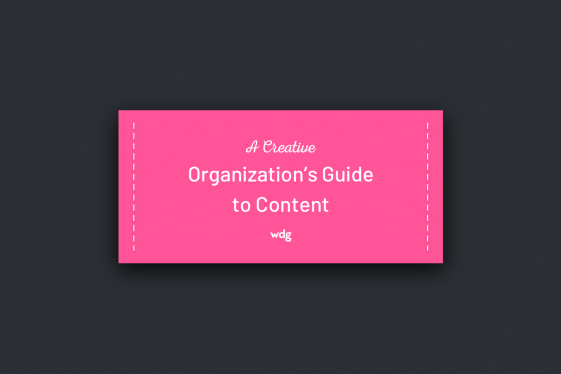Lorem Ipsum: Fake Latin for a Real Tragedy

Imagine if you will …
- A Project Manager who schedules every meeting for whenever …
- Your Sales Team who gives budget estimations in Monopoly Money
- IA/UX experts who throw every component randomly on a page (with their eyes closed)
- Developers with broken code who strive for everything they build to be a 404 error page
- Designers whose assets are always the same blurry stock image of crayon scrawl
- Analysts that tell you that all your metrics — bounce rate, page sessions — are just X
- A Strategist whose only plan is a shrugged “I don’t know …”
Does this sound like a successful project?
This is the Lorem Ipsum experience for other professions in digital and it’s wholly unacceptable. And yet, Lorem Ipsum isn’t just accepted in the realm of content — it’s fully encouraged. This pandemic of faux-content has gnawed at me since I’ve been in the agency world — what you’re reading has been percolating for a year, and all coalesced after listening to UX Strategist/Researcher Vidhika Bansal at a recent Refresh DC Meetup in DuPont. So now: 1,170 real words all about two fake ones.
Designed to Fail
Lorem Ipsum may seem like a benign placeholder, if not for the fact that there’s such a heavy industry reliance on it throughout any website rebuild. Its existence reinforces the idea that content is an afterthought; something to be figured out later. There are algorithms and bots that can devise additional fake content for you — or you could get an actual writer to write actual content.
There is no placeholder for strategy; for design; for development; for project management. But Lorem Ipsum is used in wireframes, design comps and some sites even go live with Lorem Ipsum splashed on their homepage. It’s a bit of generally accepted laziness and procrastination that will cause issues later for clients, internal teams, website QA and the budget/timeline of your project.
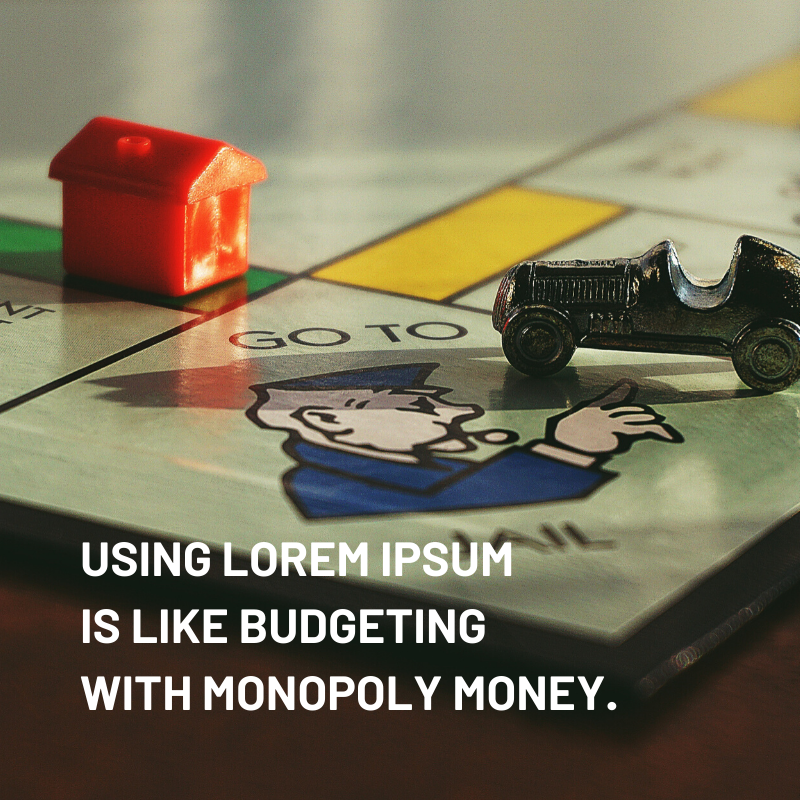
A Brief History of an Endless Tradition
Before the Gutenberg editor on WordPress, the original Gutenberg debuted his Printing Press back in 1439. To demo the look, typesets, columns and headers of his new product, he needed text. In lieu of actual content, he landed on a rough Latin translation of a Cicero quote from Ancient Greece — even centuries ago, we were flailing with curation and a content-last approach. The actual quote means, sorrow in itself — which is apropos.
As you read this, there is a web designer somewhere throwing Lorem Ipsum into your designs right now.
A digital presence with no content is a meal with no food. And Lorem Ipsum sits dumbly on your fine china, a wilted candy wrapper with nothing awaiting. It’s an empty calorie, something that supposedly looks good but has no real meaning.
But these fake words have had an impressive run and continue to be ubiquitous anywhere (digital) publishing is involved. It was used in 19th-century newspapers for formatting purposes, further popularized by Mad Men-era graphic designers with Letraset dry-transfer papers, and in the 1980s the Aldus Corporation included Lorem Ipsum in its publishing program Pagemaker Templates. Aldus was later bought out by a little company called Adobe — and so the perpetuation continues.
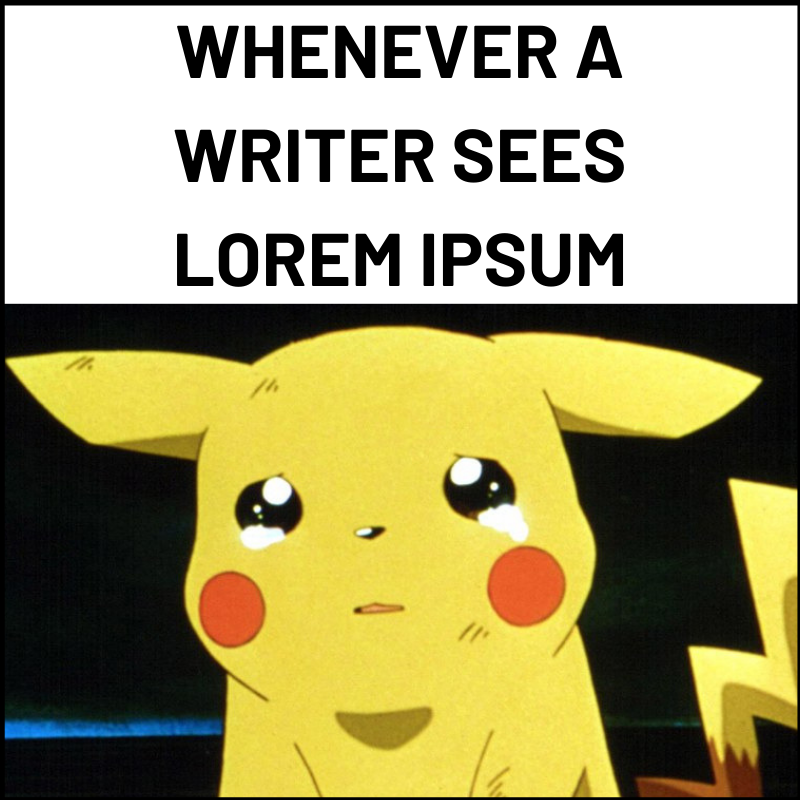
Outdated and Inflexible
Think about that header for a second. Would you want your website (or anything you do) to be described that way? That’s the experience that Lorem offers you. When it originated centuries ago, typeset-placeholders made sense on a finite, analog piece of paper. There’s only so much room on a book’s page. But digitally speaking, we have flexible layouts, dynamic content and an array of devices. Our shared canvas, the one you’re reading this on, is infinite but we’re stuck with this immovable, obsolete collection of ten random letters.
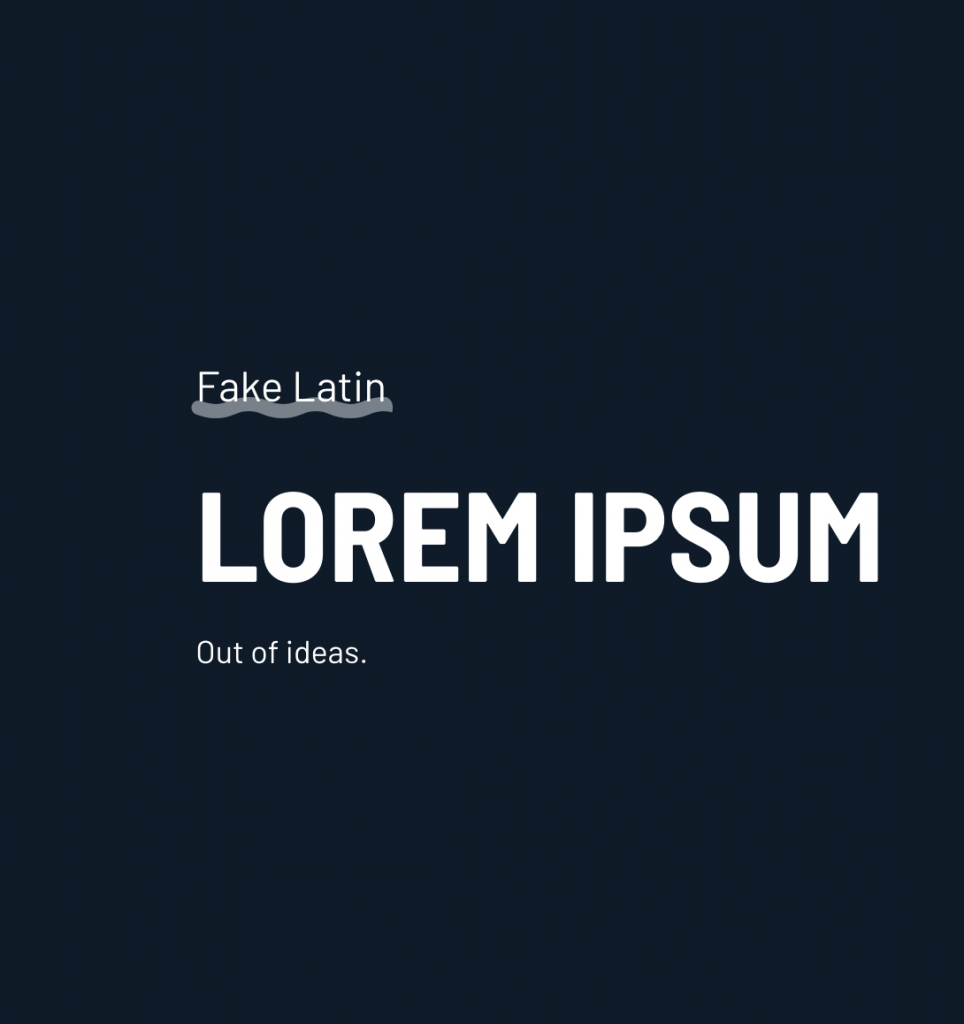
This Lorem illogic applies to other myopic placeholder conventions as well. Keep using John Doe for your naming fields? What about longer names, hyphenated names, non-English names? And what of the constantly golden, missed opportunity of CTA micro-copy? You are literally seeking engagement through this button but it often contains the most vanilla messaging: Learn More, Read More, Register Now, et al. These concise bits of UX writing are such a light lift for such a potentially high ROI: I’m calling on all of you to help Be the Change.
A Real Solution for Fake Latin
The antidote to Lorem Ipsum is to make content a priority early and often. Fake text is not just a grievance of marketers and copywriters — designers agree that proper content is always preferable. Having your design, UX and content teams working in tandem from the beginning will lead to creating proto-content that’s on-brand, impacting and real.
To help give you some ideas for sample content for a site redesign, start with tweaking what the site already has — or take some inspirational cues from your competitors. Your teams can also attempt conversational prototyping, i.e., role-playing a hypothetical exchange between a site and a user. This may seem like a silly exercise but this industry is filled with silly exercises. These mock-conversations will still get at an organization’s messaging; surfacing what you want to say and more incisively, what you don’t.
Dear Designers
Here’s the obvious truth, designers: clients and internal teams listen to you more than us content people (adoringly called). You have more cachet than us in this business. So this anti-Lorem Ipsum, pro-content-first charge has to be led not just by your ideological buy-in but by you actually voicing a need for change. Because often or always, the designer is at the proverbial table before the content writer ever arrives.
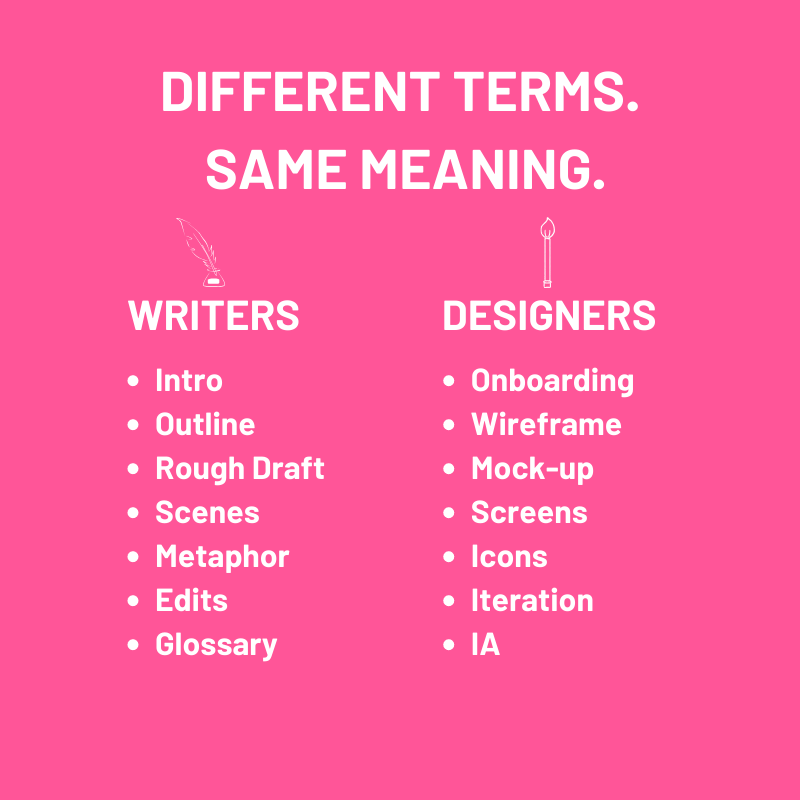
Don’t be afraid of words. Throw in sample content into the wires. It doesn’t have to be perfect, or even good. Something is better than nothing. Creative Directors, Art Directors, Junior Designers, Senior Designers, UX/IA Experts: please help advocate for content, just as we writers try to be the ultimate asset for your designs. As Spiderman’s Uncle Ben always said, “With great power, lorem ipsum lorem ipsum.”
When UX luminary Vidhika Bansal spoke about the universal pain of the content-never approach for anyone working in digital, the designers and developers in attendance shared their horror stories from work where their projects, apps and sites were derailed at the end because there was no content in the beginning.
Speechless Marketing
We interact with our favorite devices all the time as if we’re conversing with someone we know. Imagine if you will … every time you speak to your friend, they only ever say the same pair of meaningless words. That’s not a conversation. It’s not a conversion. It’s not an engagement. It’s a missed opportunity.
Reconcile the fact that in the future-facing world of digital in 2019, we’re often using a 600-year-old fake quote to anchor the ultimate marketing tool of a website when millions of dollars are on the line.
It’s time we learn another language.

